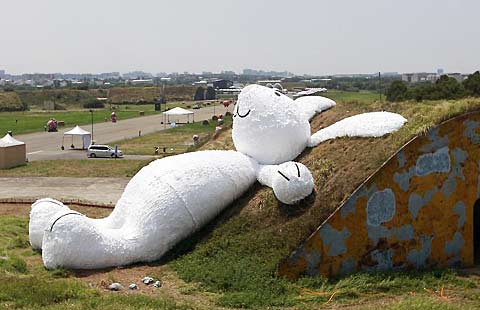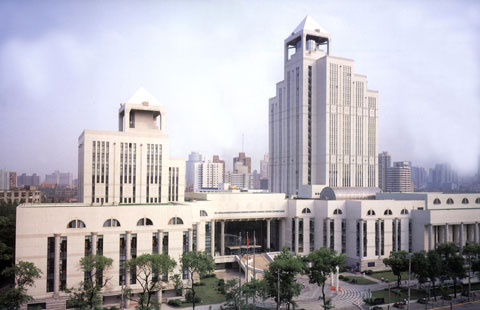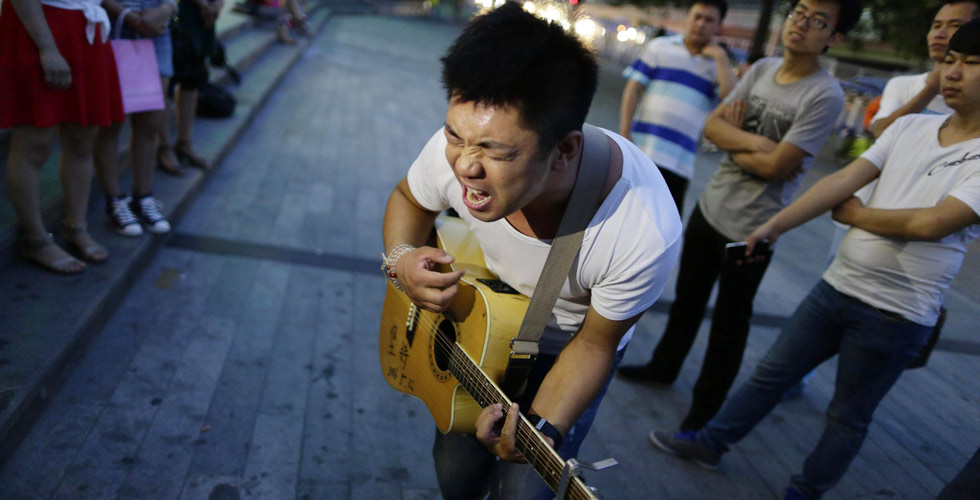Historic port city, modern tourist delight
Updated: 2014-07-21 11:46
By Wang jinhui(China Daily)
|
|||||||||||
One of the most livable cities nationwide, Xiamen in the southeastern coast of China’s Fujian province is revitalizing itself into a top destination offering visitors from home and abroad a slow pace of life, shining subtropical sun, fresh seafood and fashionable malls.
“The city mixes the local Minnan traditions with modern elements, and integrates its natural resources and culture into urban development,” said Huang Guobin, head of Xiamen’s tourism bureau.
Surrounded by foothills, plateaus, rivers and blue sea, the 1,573-squarekilometer city on west of the Taiwan Strait was one of China’s earliest trading ports. It was forced open to international commerce in 1842.
In 1980, the central government approved it as a special economic zone and expanded the area to 131 square kilometers two years later.
Today’s Xiamen has developed into a thriving port, popular investment port and a vital transport hub connected to 80 countries and regions around the world.
As a logistics and distributing center in southeast China, the city links the Yangtze River Delta, Pearl River Delta and the eastern coast of the Taiwan Strait, and plays a key role in boosting the economic development of the region.
Xiamen is also home to thousands of overseas Chinese, foreigners and more than 20 ethnic groups including Miao, Zhuang, Shen, Man and Gaoshan.
Its geographic advantage, strong economy and historical heritage have endowed the city with diverse styles, experiences, and both Western and Eastern relics, Huang said. “The temperament of the city is inclusive, quiet and romantic. ”
Different from other coastal cities in China, Xiamen opens all its beaches to tourists, and no buildings taller than 7 meters are allowed to be built at the beaches, he said. To preserve the natural environment, the local government requires all heavy industries to locate outside the city, Huang said.
Last year, Xiamen received more than 46.6 million tourists, up 13 percent from 2012. Revenue generated by tourism industry reached 62 billion yuan ($10.16 billion), accounting for 9 percent of the city’s total GDP. More than 24.5 million people visited the city in the first half of this year, up 13.6 percent year on year, with revenue surpassing 34.28 billion yuan.
Among all scenic spots in Xiamen, Gulangyu Island has the highest tourist density, totaling 9.72 million per square kilometer last year.
“The island is a symbol of Xiamen’s historical vicissitude and also represents its marine civilization,” said Huang.
After the first Opium War in 1840, foreign intruders occupied Xiamen, and started to build telegraph offices, banks, shipping companies, churches and consulates in Gulangyu.
In the following century, the island turned into a semi-colony of more than 10 foreign countries including the Britain, France, Spain, Japan and Germany.
That disgraced history is today replaced by scenes of thriving businesses, mixed cultures, beaches, pianos, winding lanes, specialties and more than 1,440 varieties of architecture.
Renamed as the “Museum of Thousands of Countries”, Gulangyu Island will be a candidate for listing as a World Heritage site list in 2016.
Hot Topics
Wei Guirong drives his granddaughters from kindergarten on his home-made three-wheeled vehicle in Luorong county, Liuzhou city of Guangxi Zhuang autonomous region, on May 19.
Editor's Picks

|

|

|

|

|

|





